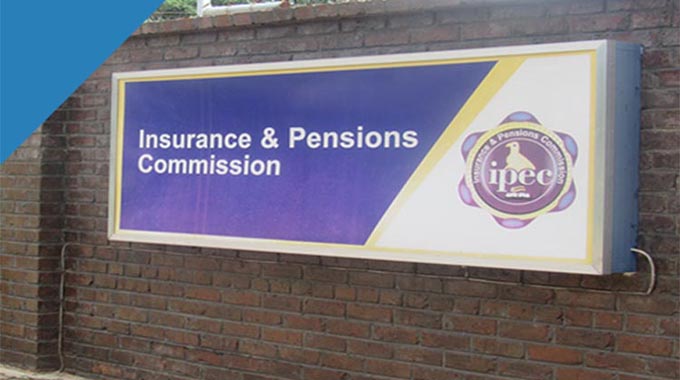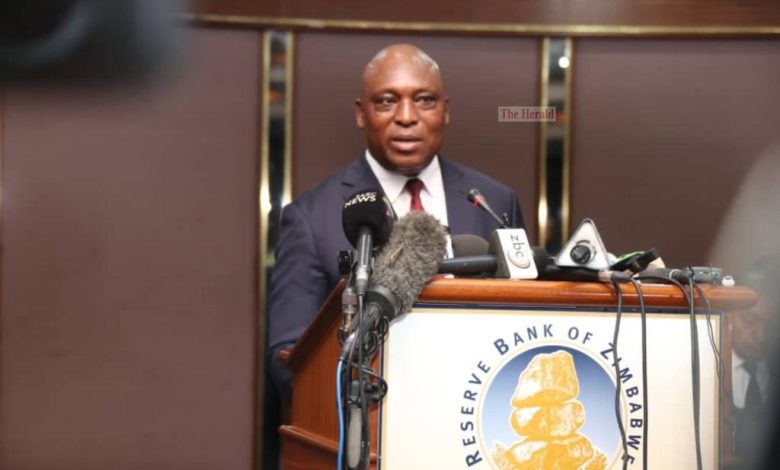Different risk perspectives of project finance participants
Each entity involved in a project financing bears a different perspective on risk. This perspective is usually informed by the role that a particular player is discharging in the overall project financing structure. Needless to say, this outlook will determine the participant’s risk appetite.
Each player’s risk outlook is subjective and depends on its financial condition. Thus, a risk, event or condition which one party cannot accept may be totally manageable in the eyes of another. Therefore, to assemble a project financing successfully the identification of risks and knowledge of the participants is crucial. This article considers the risk outlook of each of the various participants in a project financing.
The sponsor
On account of the intricate nature of project finance, the sponsor’s interest lies in a number of objectives. For instance, the sponsor is concerned with curtailing further development costs, reduction of transaction costs, recouping development stage expenses and earning construction, management, or related fees to fund project company construction activities.
For long term purposes, the sponsor is driven by the cash flow generation potential of the project. Therefore, the sooner the project becomes fully operational, the sooner the sponsor benefits from the revenues generated. Therefore, the sponsor’s principal interest lies in mitigation of any risks which might delay the project from beginning to operate fully.
The lender
The Lender, on the other hand, worries about totally different issues. She is preoccupied with the need to:
Avail adequate debt to finance the project’s total construction cost;
Make sure that it is the sole lender in a senior collateral or control position; and
Enter into proper intercreditor agreements in cases where there is a multiplicity of lenders.
Invariably, the lender tends to fret more about the economic worth of the project and the legal adequacy and enforceability of the applicable contracts in the event of default.
Therefore, the lender will, for the most part, be inclined to structure a financing which ensures that:
Most, if not all, costs prior to completion of construction are without recourse to lender for additional funds;
The contractor satisfies performance guarantees, as evidenced by performance tests;
In the event of abandonment of the project or failure to meet minimum performance levels there is recourse to other creditworthy project players for delay and completion costs;
Predictable income streams that can be utilised to service debt are in place and such revenue streams are long term, from a creditworthy source and of a quantum which is sufficient to cover operating costs and amortisation of debt. A good example is an Off-take Agreement; and
the project drastically cuts costs while maximising revenue.
Contractor
The turnkey nature of the construction project obligates the contractor to deliver the project on time and in accordance with the relevant specifications. The contractor, therefore, loses sleep over attempting to forecast events that could negatively impact the parameters of the project and avoiding such adverse events.
Additionally, the contractor also has a vested interest in the underlying financing paperwork, including establishing if the sponsor availed adequate financing to remunerate the contractor. The sponsor, on the other hand, can also add icing to the contractor’s cake by either increasing the construction price or paying a bonus in the event of early completion.
Operator
The operator is fixated on the need for price and performance predictability of the project. Usually, the other project players are concerned with making sure that the operating costs are fixed or predictable so that the ability to service debt can be analysed, but the operator, on the other hand, is concerned with limiting price risk.
By agreeing to operate the project in accordance with a budget approved by the project company, the operator can take care of this risk. Additionally, the operator will also undertake to operate the project within the parameters of the agreed performance levels, and in compliance with the applicable laws and industry practice.
Supplier
The supplier is often worried about the challenges associated with providing the necessary raw materials for the project while, at the same time, securing a fair and stable market price. Project players, on the other hand, are pre-occupied with the quality and timeous delivery of the raw materials with minimum price fluctuations.
Purchaser
The off-taker or purchaser’s primary concern lies in firm price and quality. The purchaser also desires minimum uncertainty. However, the project company, in contrast, craves price increases as far as the market will allow. Further, the project company wants to be indulged for performance failures and avoid penalties.
Host Government
The host government can derive both short term and long term benefits from the project. For instance the Government, in the short term, can utilise the project to gain political mileage and to attract other investors to the country.
In the long term, a successful project will improve the economic fortunes of the country and enhance political stability by providing the needed infrastructure.
For these reasons, most host governments are willing to assume some of the project risks. This is particularly crucial for huge high-profile projects. This is why implementation agreements which are negotiated and concluded with host governments are of great importance.
These implementation agreements can provide an assortment of government assurances regarding project risks. The host government might be involved in a project as equity contributor, debt provider, guarantee provider (particularly political risks), supplier of raw materials and other resources, off-taker and provider of fiscal support by way of reduced import fees, tax holidays and other incentives.
Equity investor
It has been said that equity investors make a risk analysis akin to that of lenders. However, the structuring goals are dissimilar. Project lenders wield a preferential security interest on all project assets, desire the generation of adequate project income to pay operating expenses, service debt and maintain other requisite reserve accounts, as well as pay dividends. Conversely, equity investors, while sharing some of these objectives tend to concentrate more on receiving dividends on a regular basis, maintain reserve account balances at a minimum, and maintain a potential residual value in the project after the debt is amortised.
Conclusion
This article is by no means exhaustive on the subject at hand but seeks to afford readers an overview of the risk perspective of the various participants in a project financing.-herald.cl.zw











